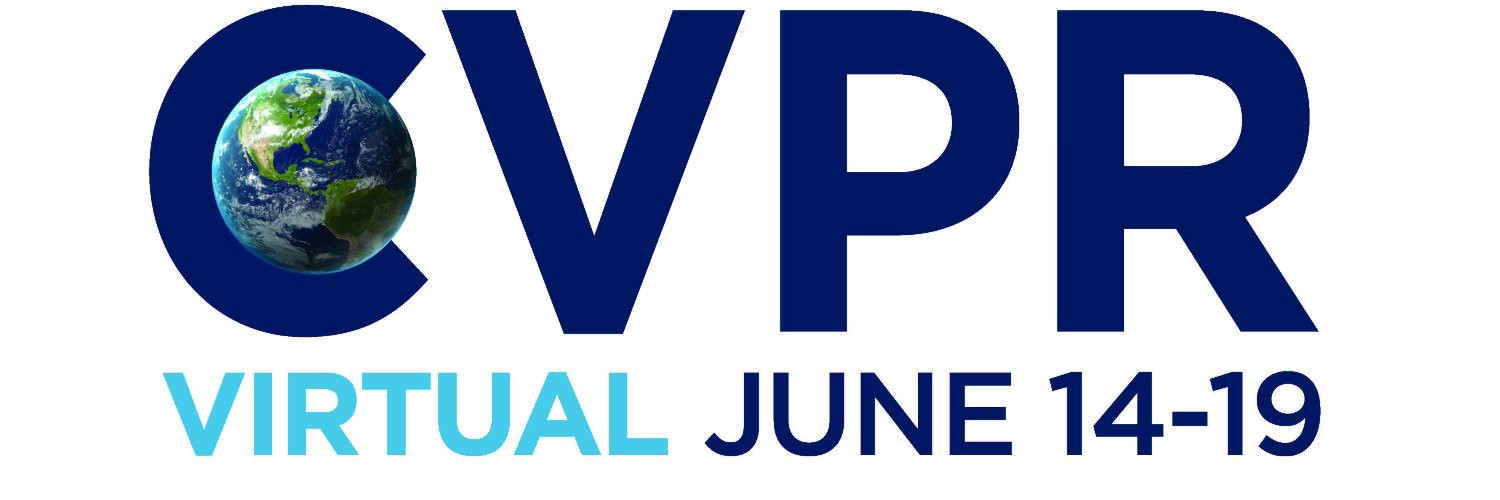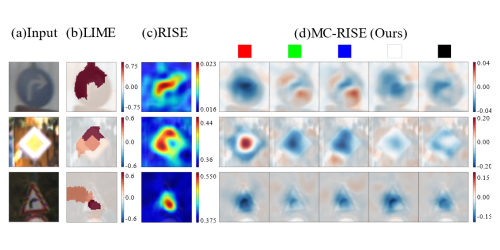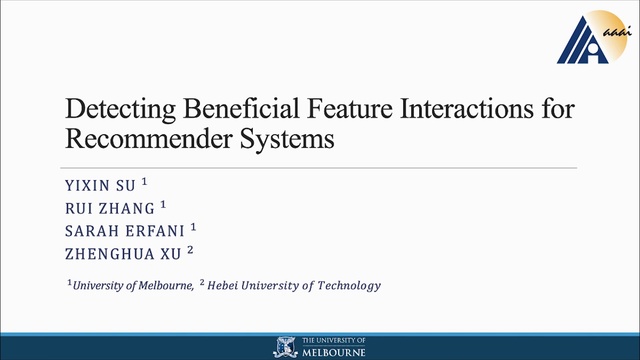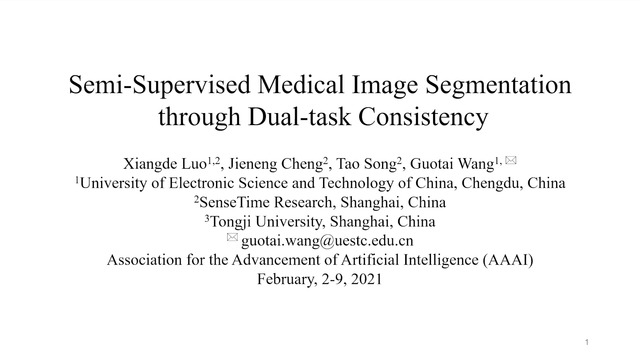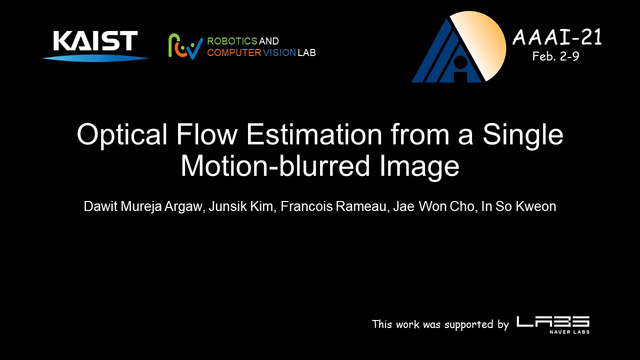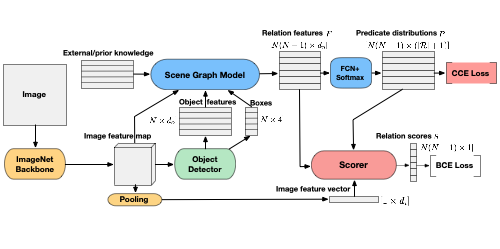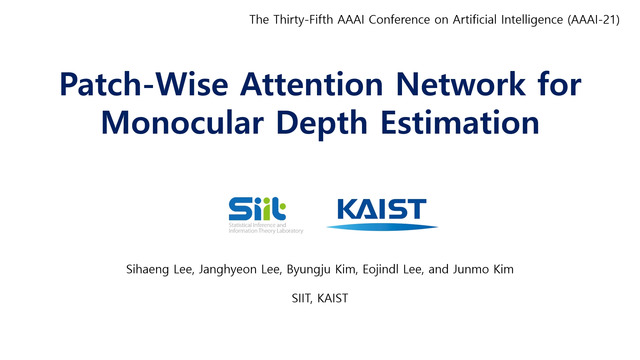Abstract:
Image segmentation is one of the most fundamental tasks in computer vision. In many practical applications, it is essential to properly evaluate the reliability of individual segmentation results. In this study, we propose a novel framework for quantifying the statistical significance of individual segmentation results in the form of p-values by statistically testing the difference between the object region and the background region. This seemingly simple problem is actually quite challenging because the difference --- called segmentation bias --- can be deceptively large due to the adaptation of the segmentation algorithm to the data. To overcome this difficulty, we introduce a statistical approach called selective inference, and develop a framework for computing valid p-values in which segmentation bias is properly accounted for. Although the proposed framework is potentially applicable to various segmentation algorithms, we focus in this paper on graph-cut- and threshold-based segmentation algorithms, and develop two specific methods for computing valid p-values for the segmentation results obtained by these algorithms. We prove the theoretical validity of these two methods and demonstrate their practicality by applying them to the segmentation of medical images.

